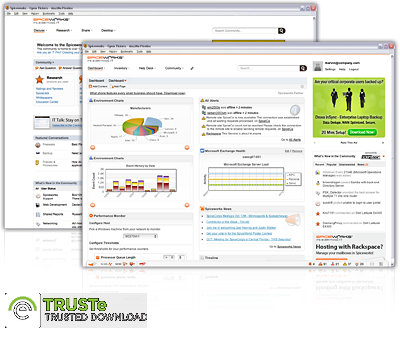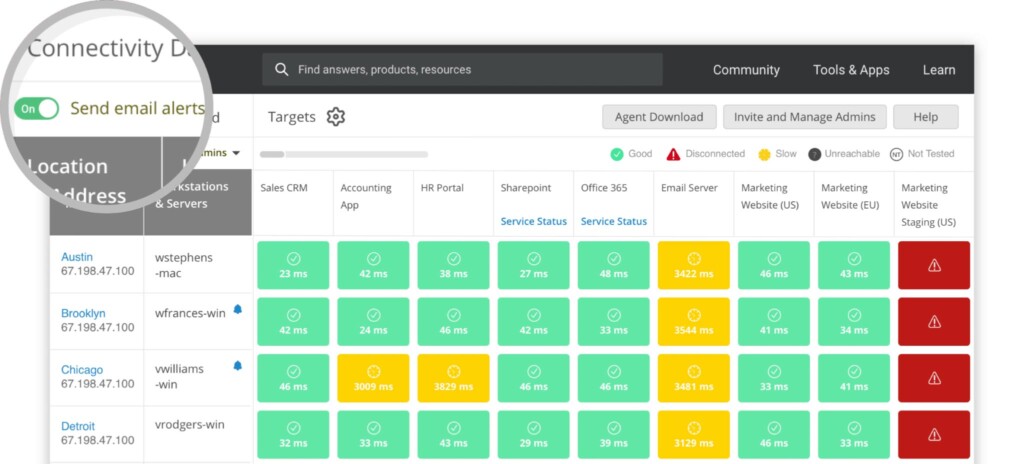


If you use different passwords for your network devices, just provide the one that is the most used. "Unix" is the one you want to use to detect VMware virtual machines. Here is where you need to supply the administrator credentials for Windows, Unix, and switches/printers (via SNMP). Provide the credentials for the different account types. Click "Inventory" to start scanning your network.Ĩ. If you already have a Spiceworks account, you still need to create a new user unless you want to copy the database information of an existing installation.Ħ. If your firewall asks, allow Spiceworks to access your network the corresponding executables are spiceworks-httpd.exe and spiceworks-finder.exe.ĥ. Start up the application (via the shortcut).Ĥ. Accept the terms and choose the installation path.ģ. Specify the port on which you’d like it to run (port 80 is the default setting).Ģ. The reason for this is that Spiceworks does require quite some processing power depending on the size of your network.ġ. Spiceworks installation ^Īfter you download the latest version, execute the installer on either a server or a powerful PC. This is likely the most important part, as Spiceworks uses this service to get all of its information. Third and finally, you need to make sure that the WMI service is enabled and running on all computers. I suggest doing this using Group Policies so you’ll be sure everything is configured properly on all PCs. If that is the case, under YourSite Enteprise > Local Site, select the media server and please ensure that the "Ignore agent Second line activity" option is checked under the Data Summary tab.Second, make sure you have exception rules in your firewalls to allow the following: Ping, Windows Management Instrumentation (WMI), and RDP. If you are still experiencing issues with make busy states in real-time, please ensure that if the agents are using their second line, this might be problematic as well. The change will trigger the next event to be captured and will be reflected in the real-time monitors. However, in some cases, we have identified that when a value is assigned to this option, the Make busy events are simply not being provided when using the hard set.Įnsure that the ACD Make Busy on Login Reason Code option under the Mitel 3300 System Options is set to 0. The default value for this option is 0, which normally would not be problematic. In the Mitel 3300 System Options, there is an option called ACD Make Busy on Login Reason Code. Also, looking at the raw data, no ACD event will have been collected despite the agent being on Make Busy. In Contact Center Client, agents that are using their hard set to go on Make Busy appears as Idle.Īgents will appear on Make Busy on their hard set, however, no state changes will reflect in real-time. Article ID: 51263 - Last Review: August 31, 2011


 0 kommentar(er)
0 kommentar(er)
